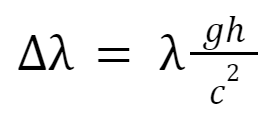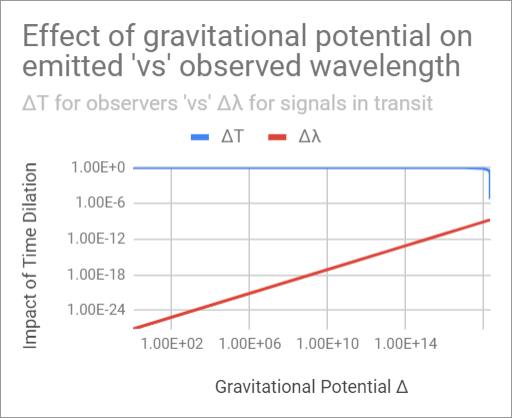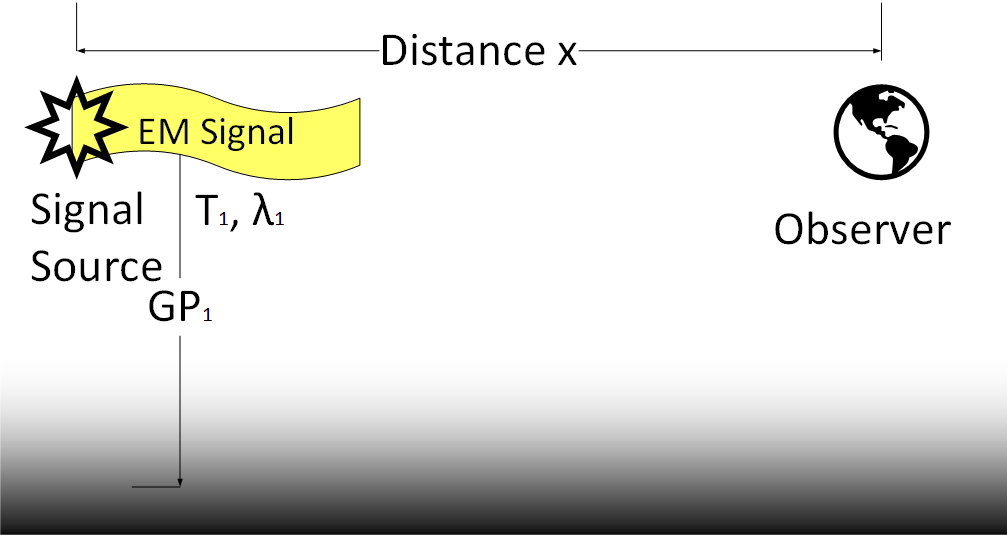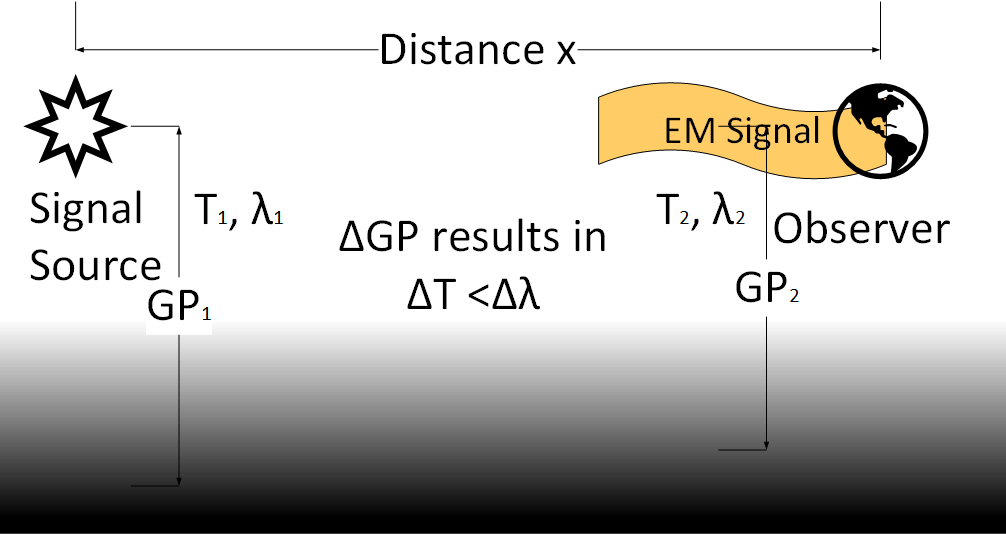MORE Mathematic Support of Dilation Flooding Theory
The only theory which aligns with the Hubble constant.
In my previous article on Mathematic Support of Dilation Flooding Effect, we demonstrate conclusively an observationally linear trend for the effect or observation of any radiated energy source in a finite time universe. As the original time dilation (gravity waves) from the ever-expanding edge of the observed universe reach us, every point in space experiences the same linear reduction in its gravitational potential energy. Note that this is an equivalent substitution for metric expansion, but its elegance in using direct observation of only lab verified relativistic effect makes it the superior description.
But how would this linear change in dilatational baseline (gravitational potential) impact redshift observation? Doesn’t time dilation impact the source and observer of a signal logarithmically? Yes, and that further supports why Dilation Flooding is the most likely cause of cosmic redshift observations!
Consider that gravitational time dilation, which relatively impacts the “rate” of “clocks” (the rate of atomic interaction) is a logarithmic result which has little impact on interactions or observations without a notably significant differential in gravitational potential.
This impacts the perceived wavelength of a received signal if the potential is different than the source:
This impacts the observed wavelength if there is a GP differential:
Where the impact of time dilation is negligible to the source and observer (except for the most dilated conditions), the impact to in-transit wavelengths is linearly proportional:
That is why all of the planetary orbits except for Mercury could be described accurately by the Newtonian physics. Only under the most extreme dilation conditions or highest precision analysis (like GPS satellite clock timing) is relativity measurably relevant.
However, when considering the wavelength of measured signals, if the source’s gravitational potential differs measurably from the observer, or if the signal in-transit moves to a region of space that is more dilated than its source, the wavelength will linearly change in relationship to that change in gravitational potential.
Why is this significant?
Presume a given source signal at an arbitrary wavelength that needs to travel a distance to the observer. Disregard any metric expansion or other Hubble adjacent hypotheses for this exercise:
Redshift of the wavelength of signals is measured due to the linear effect of change in GP on λ. The comparably negligible effect on T allows us to directly observe this linear redshift-over-distance trend.
Dilation Flooding theorizes the accumulation of radiated dilation (gravitational effect) force causing a linear compression trend to gravitational potential over time. This effect is directly measured as a linear change in wavelength for observed signals. The benefits of this model include:
Highly compatible with experimentally proven effects of relativity.
Does not require debated hypothetical effects (metric expansion, dark matter/energy)
Can explain galaxy formation and other exotic cosmological behavior (quasars and black hole evaporation) using only relativistic effects.
Fully compatible with QM and particle models for time dilation (gravitational effect)
Again: NO exceptions to Einstein Relativity to explain cosmic redshift or any cosmological phenomena.
Considering that all attempts to characterize the Hubble factor (misnamed the Hubble Constant) have resulted in a highly linear trend, this does imply that the state of gravitational compression we have reached is modest. If the trend was such that further objects experienced relatively less redshift or even observed as blue-shifted, then the universe would be nearing an overall highly dilated state which (assuming an effectively infinite volume universe) will eventually result in a cosmic black hole state.
So good news: The universe is just getting started with no end in sight!
NOTE: There appear to be no conditions for which more distant “static” objects would experience more redshift than predicted in the linear trend. The only predicted trends are linear or “deaccelerating” redshift trends. And absent of any contrary evidence, that is further evidence to support the effectively infinite (larger than we will likely ever be able to observe conventionally), time limited, static space universe as described by Dilation Flooding and the Celerity Boson hypothesis.
Questions? Comments? Disagree? Prove me wrong!
Contact us at questions@WhetScience.com








